CDK
<div class="colum_1 clearer"><p>CDKs (Cyclin-dependent kinases) are serine-threonine kinases first discovered for their role in regulating the cell cycle. They are also involved in regulating transcription, mRNA processing, and the differentiation of nerve cells. CDKs are relatively small proteins, with molecular weights ranging from 34 to 40 kDa, and contain little more than the kinase domain. In fact, yeast cells can proliferate normally when their CDK gene has been replaced with the homologous human gene. By definition, a CDK binds a regulatory protein called a cyclin. Without cyclin, CDK has little kinase activity; only the cyclin-CDK complex is an active kinase.</p><p>There are around 20 Cyclin-dependent kinases (CDK1-20) known till date. CDK1, 4 and 5 are involved in cell cycle, and CDK 7, 8, 9 and 11 are associated with transcription.</p><p>CDK levels remain relatively constant throughout the cell cycle and most regulation is post-translational. Most knowledge of CDK structure and function is based on CDKs of <i>S. pombe</i> (Cdc2), <i>S. cerevisia</i> (CDC28), and vertebrates (CDC2 and CDK2). The four major mechanisms of CDK regulation are cyclin binding, CAK phosphorylation, regulatory inhibitory phosphorylation, and binding of CDK inhibitory subunits (CKIs).</p></div>
Targets for CDK
Products for CDK
- Cat.No. Product Name Information
-
GC65346
THAL-SNS-032
THAL-SNS-032 is a selective CDK9 degrader PROTAC consisting of a CDK-binding SNS-032 ligand linked to a thalidomide derivative that binds the E3 ubiquitin ligase Cereblon (CRBN).
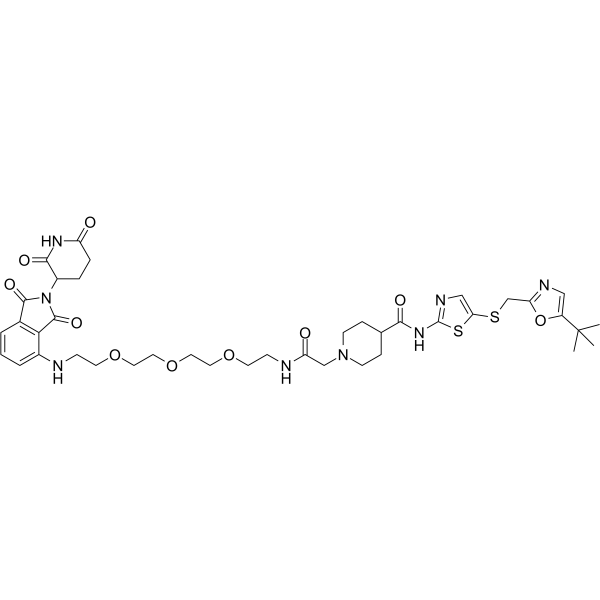
-
GC10840
THZ1
Covalent CDK7 inhibitor,potent and selective
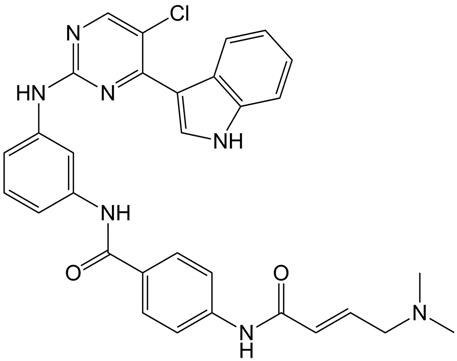
-
GC25996
THZ1 2HCl
THZ1 is a covalent CDK7 inhibitor which has the unprecedented ability to target a remote cysteine residue located outside of the canonical kinase domain, providing an unanticipated means of achieving selectivity for CDK7.
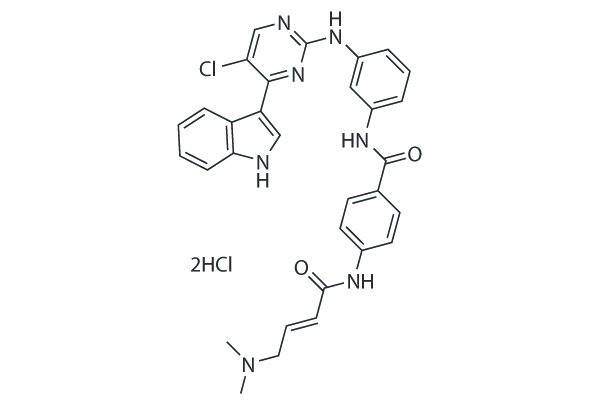
-
GC12642
THZ1 Hydrochloride
CDK7 inhibitor
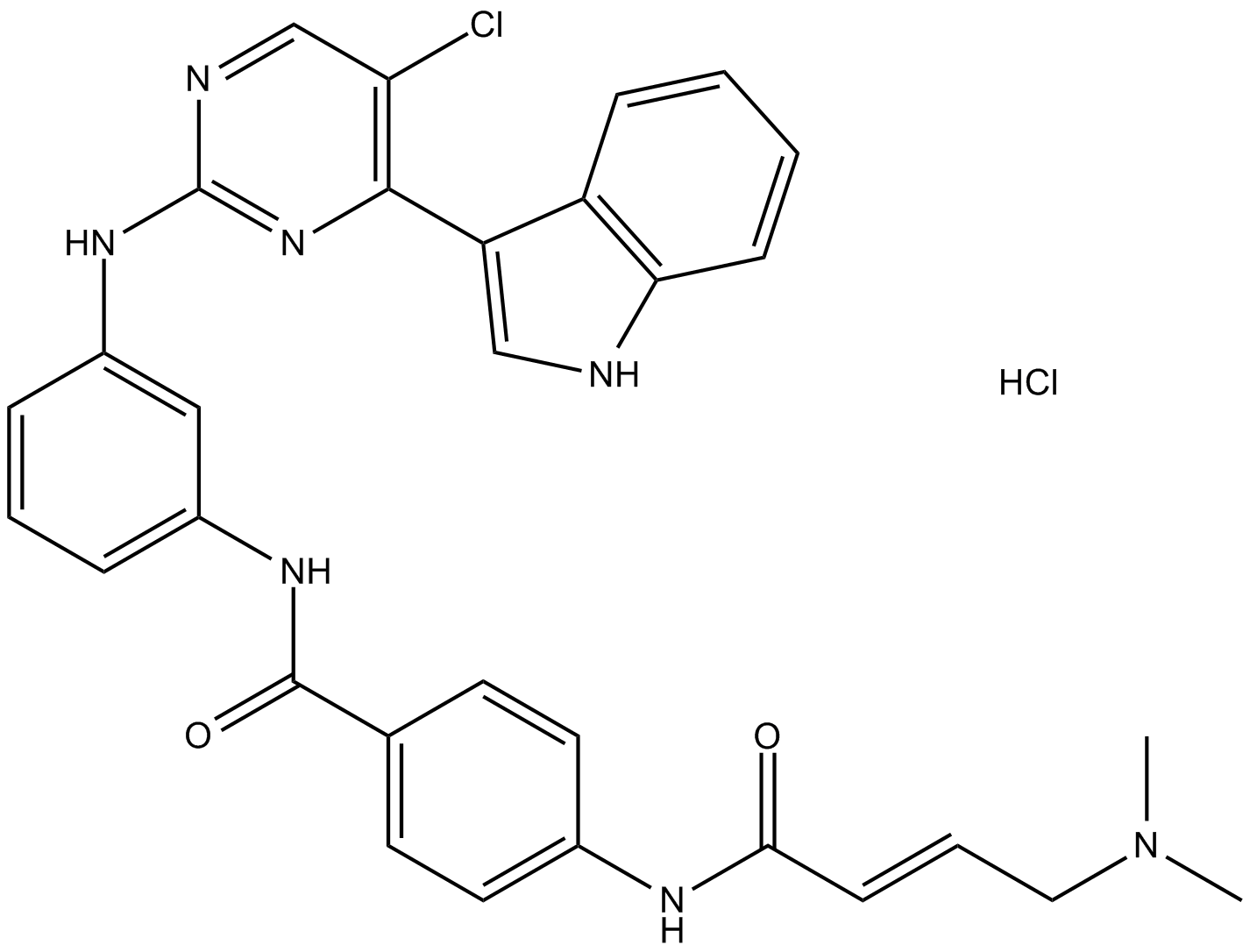
-
GC37786
THZ1-R
A non-cysteine reactive derivative of THZ1
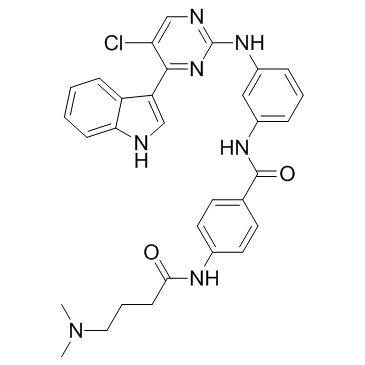
-
GC13511
THZ2
CDK7 inhibitor
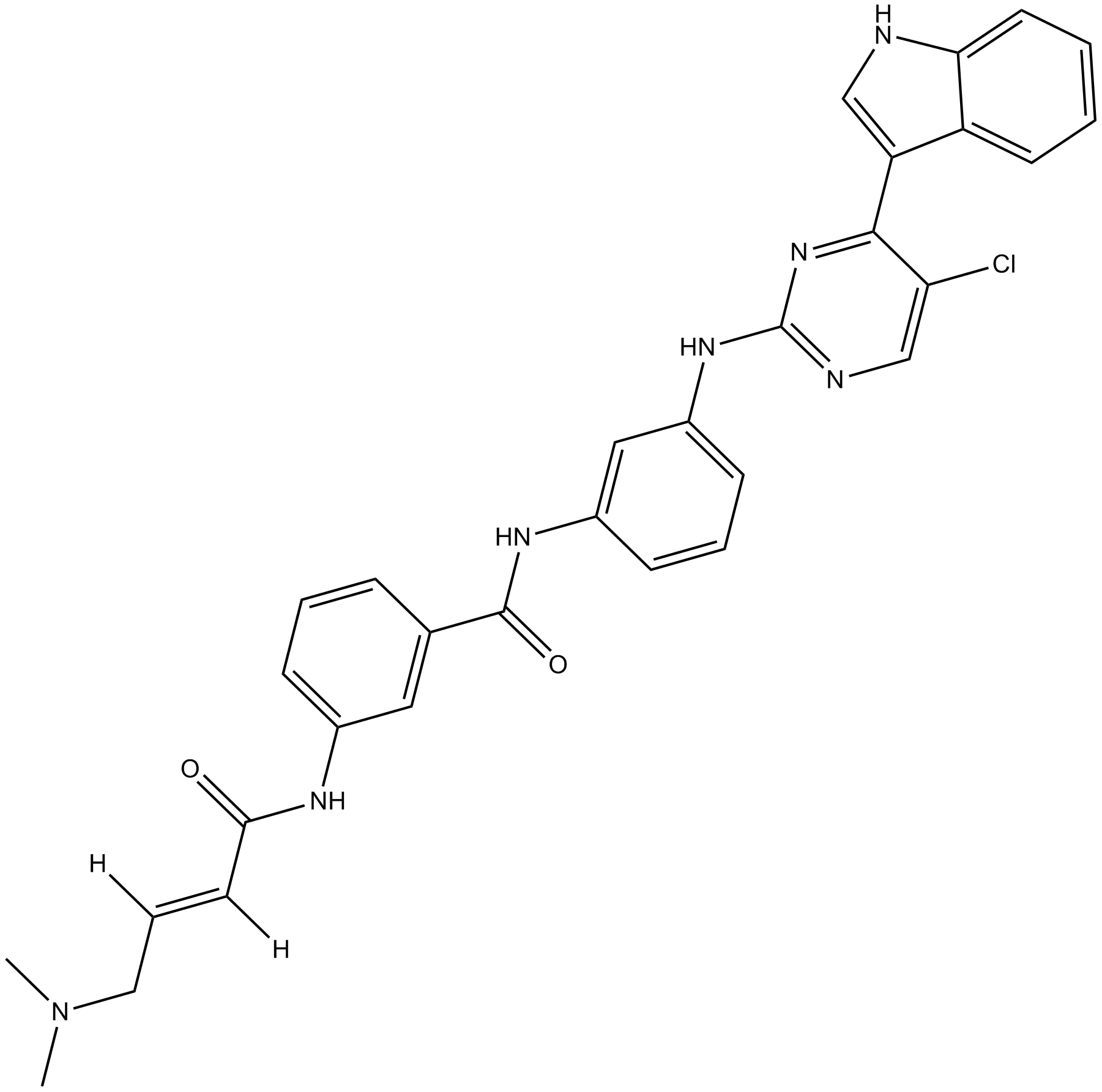
-
GC16420
THZ531
CDK12 and CDK13 covalent inhibitor
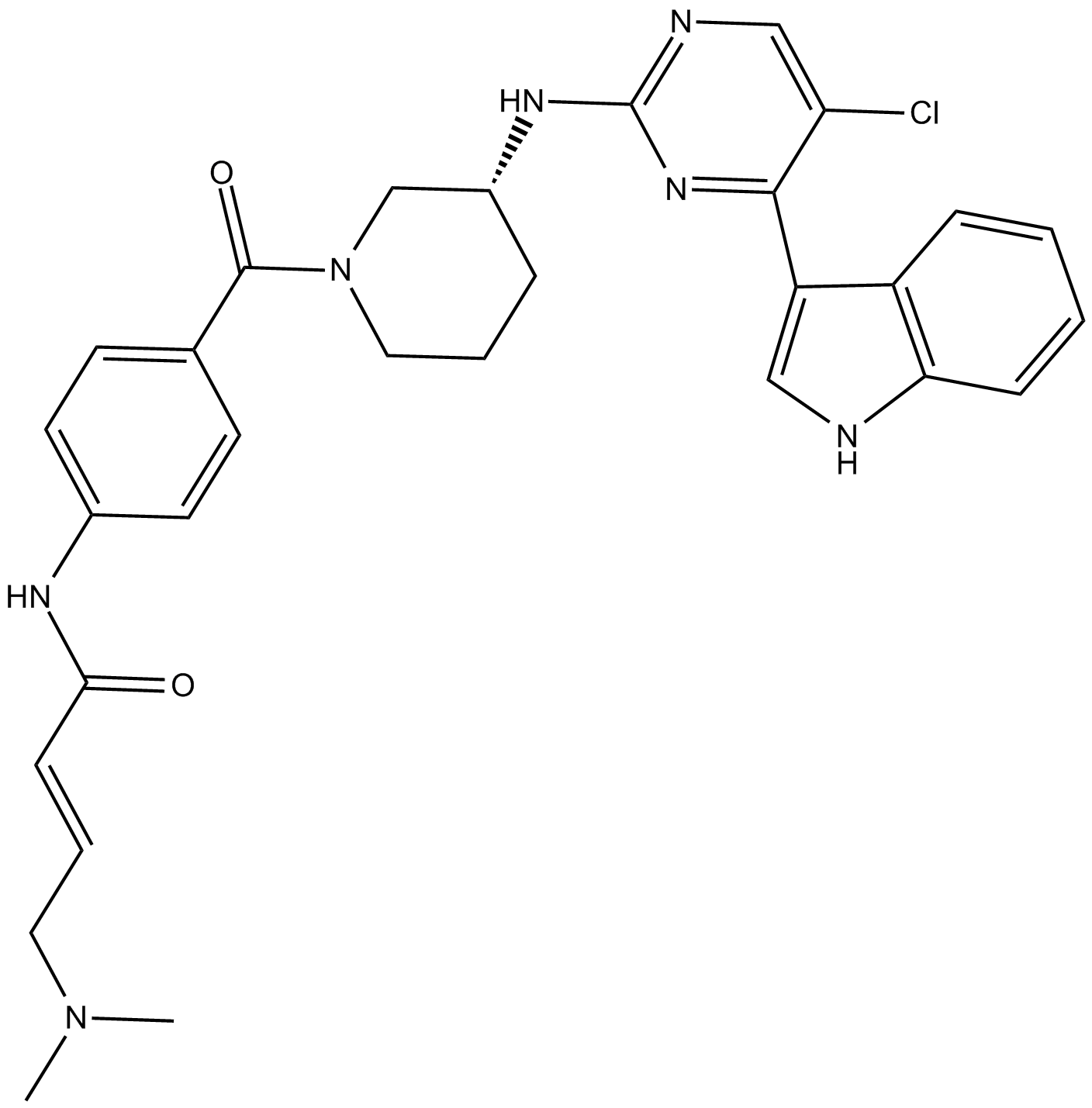
-
GC50484
TL 12-186
Multikinase degrading PROTAC
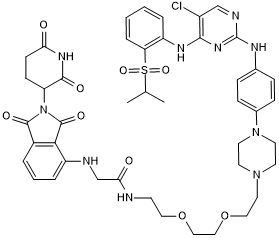
-
GC34118
Trilaciclib (G1T28)
Trilaciclib (G1T28) is a CDK4/6 inhibitor with IC50s of 1 nM and 4 nM for CDK4 and CDK6, respectively.
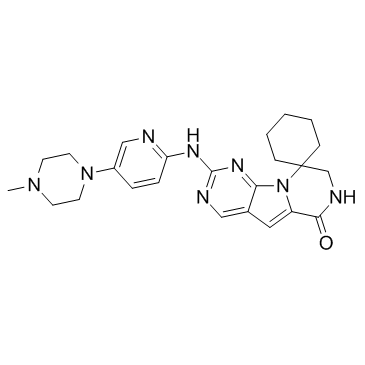
-
GC34087
Trilaciclib hydrochloride (G1T28 hydrochloride)
Trilaciclib hydrochloride (G1T28 hydrochloride) (G1T28 hydrochloride) is a CDK4/6 inhibitor with IC50s of 1 nM and 4 nM for CDK4 and CDK6, respectively.
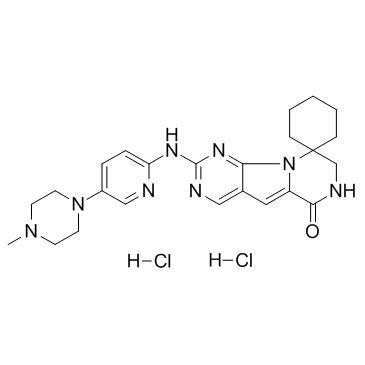
-
GC45983
Voruciclib
A pan-CDK inhibitor
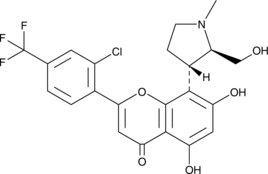
-
GC65311
Voruciclib hydrochloride
Voruciclib hydrochloride is an orally active and selective CDK inhibitor with Ki values of 0.626 nM-9.1 nM. Voruciclib hydrochloride potently blocks CDK9, the transcriptional regulator of MCL-1. Voruciclib hydrochloride represses expression of MCL-1 in multiple models of diffuse large B-cell lymphoma (DLBCL).
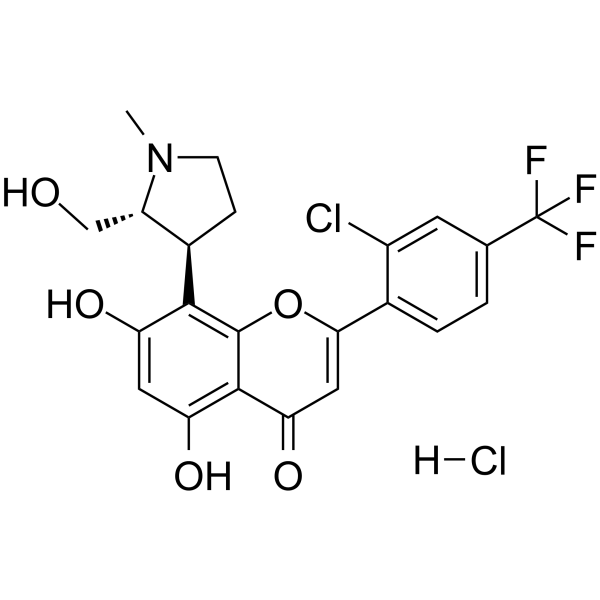
-
GN10017
Wogonin
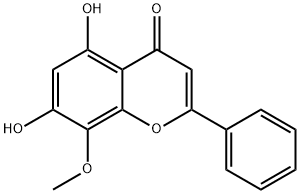
-
GC18117
XL413
Cdc7 inhibitor
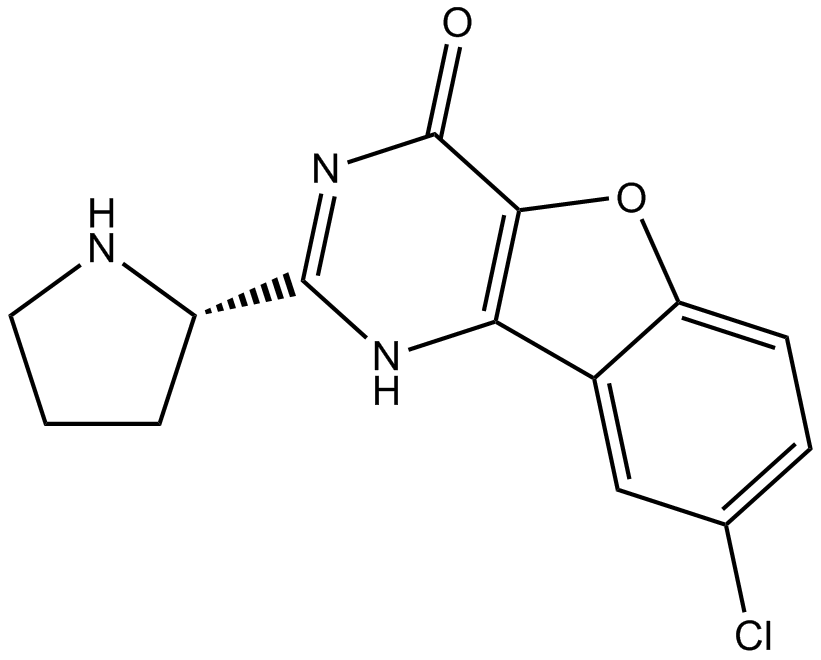
-
GC26084
XL413 (BMS-863233)
XL413 (BMS-863233) is a potent and selective cell division cycle 7 homolog (CDC7) kinase inhibitor with IC50 of 3.4 nM, showing 63-, 12- and 35-fold selectivity over CK2, Pim-1 and pMCM2, respectively. Phase 1/2.
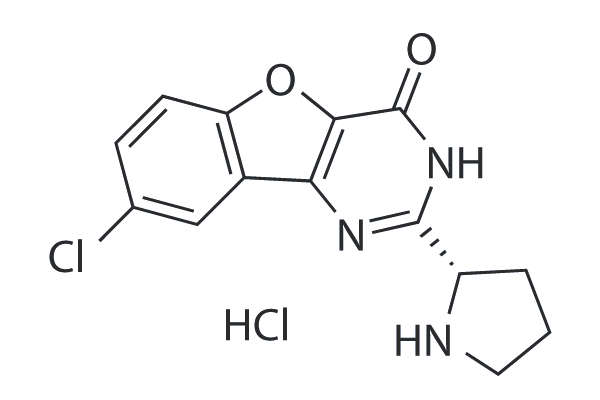
-
GC13328
XL413 hydrochloride
Cdc7 inhibitor
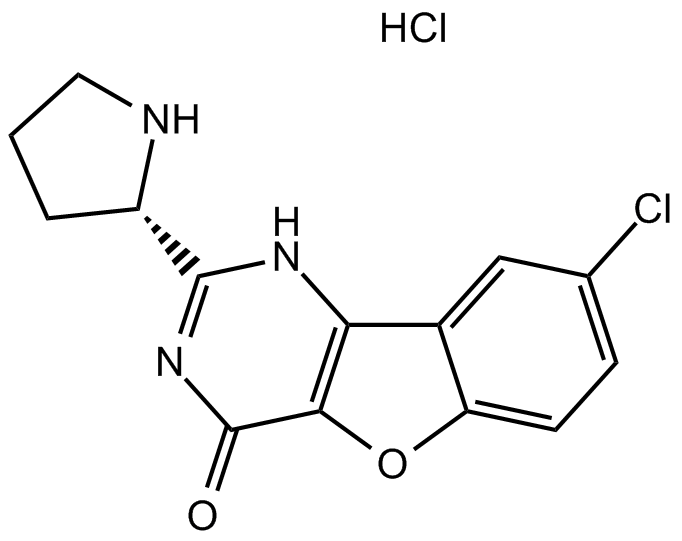
-
GC62701
XY028-133
XY028-133 (example 14) is a PROTAC-based CDK4/6 degrader with anti-tumor activity, which consists of ligands for von Hippel-Lindau and CDK.
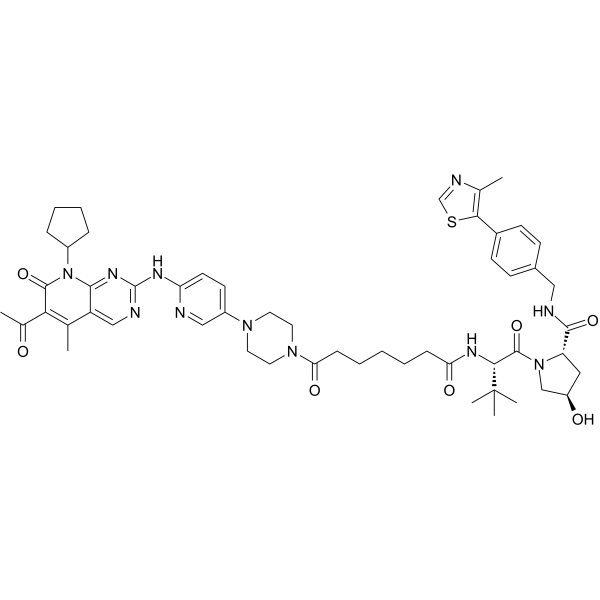
-
GC62139
XY028-140
XY028-140 is a PROTAC connected by ligands for Cereblon and CDK. XY028-140 inhibits both CDK4/6 expression and CDK4/6 activity in cancer cells.
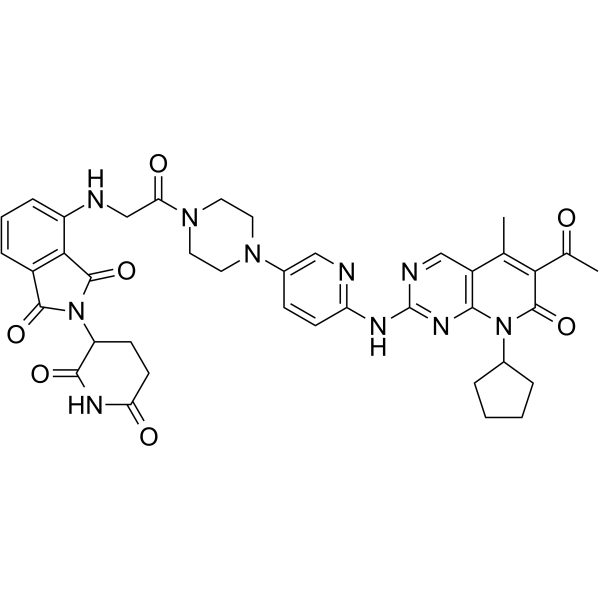
-
GC62294
YKL-5-124
YKL-5-124 is a potent, selective, irreversible and covalent CDK7 inhibitor with IC50s of 53.5 nM and 9.7 nM for CDK7 and CDK7/Mat1/CycH, respectively. YKL-5-124 is >100-fold greater selective for CDK7 than CDK9 and CDK2, and inactive against CDK12 and CDK13. YKL-5-124 induces a strong cell-cycle arrest, inhibits E2F-driven gene expression, and exhibits little effect on RNA polymerase II phosphorylation status.
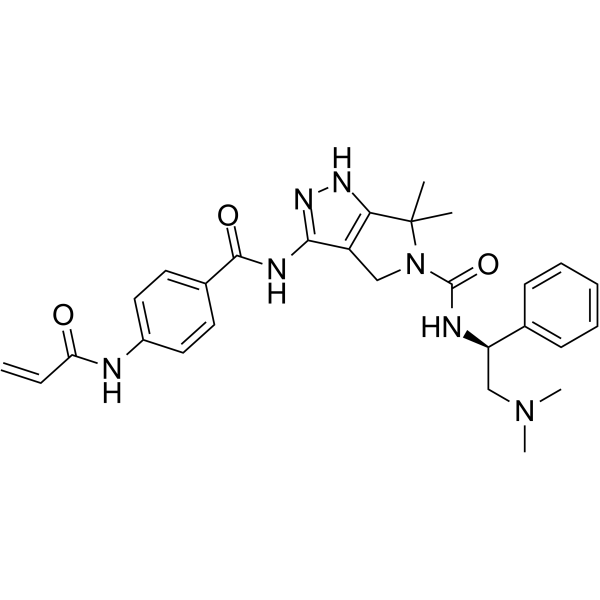
-
GC62112
Zotiraciclib
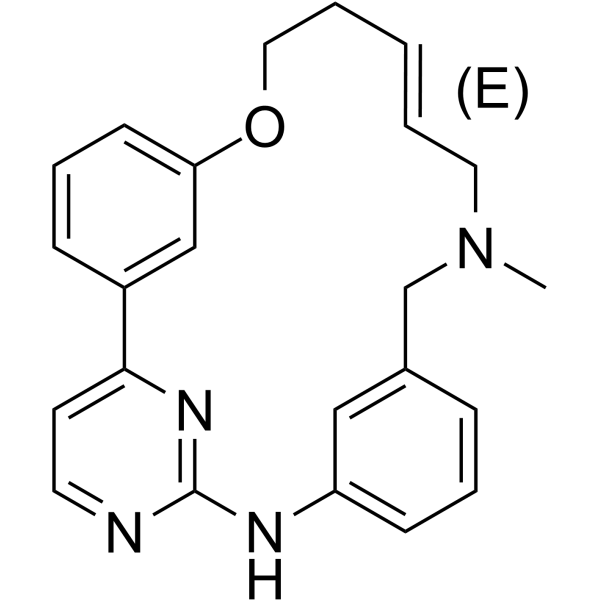
-
GC35021
[pSer2, pSer5, pSer7]-CTD TFA
[pSer2, pSer5, pSer7]-CTD (TFA), a substrate for CDK7 (cyclin dependent protein kinase), is a phosphorylated polypeptide at ser2, ser5 and ser7 sites of RNA polymerase II carboxy-terminal domain (CTD).
![[pSer2, pSer5, pSer7]-CTD TFA Chemical Structure [pSer2, pSer5, pSer7]-CTD TFA Chemical Structure](/media/struct/GC3/GC35021.png)
-
GC35022
[pThr3]-CDK5 Substrate
[pThr3]-CDK5 Substrate is an effective Phospho-Thr3CDK5 Substrate.
![[pThr3]-CDK5 Substrate Chemical Structure [pThr3]-CDK5 Substrate Chemical Structure](/media/struct/GC3/GC35022.png)


